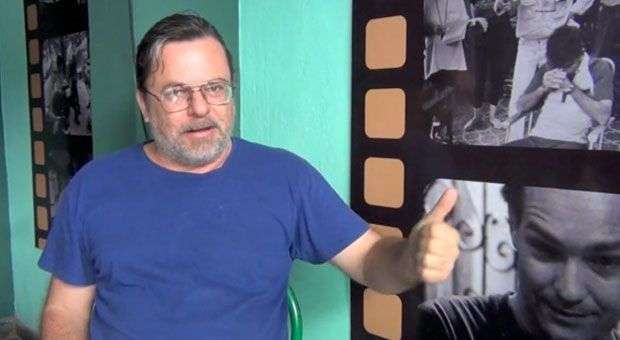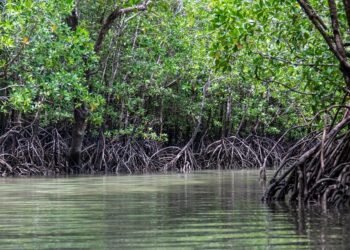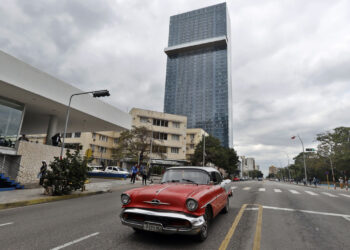Among the various film genres and subgenres, science fiction has been one of the least present in the history of Cuban cinema. The apparent disconnection with reality that generates with the imaginary, it was not of interest to emerging filmmaking in the sixties, usually inscribed on the line of socialist realism. And while the following decades our filmmakers lived shifts in concerns and ways to make, the genre maintained its small presence, limited to be only, as in Madrigal (Fernando Perez, 2006), a segment of the film.
It is not until this year that, for the first time, a director undertakes a film project in Cuba totally of science fiction. Writer and scriptwriter Eduardo del Llano becomes film director, and inspired by an unpublished story of his own, is about to film Omega 3, initiatory work of this genre in the film career of the island. About the film he told OnCuba:
Omega 3 is my second film. Unlike the first, Vinci, which is situated in the Renaissance, that is, in the past, this will take place in the future, say a hundred years. It is a conflictive situation that already happens today, but exaggerated (classic mechanism of the genre) to show how they can make our world if this phenomenon continues to develop.
Where do the events occur?
In country X, not Cuba, but also it is not a recognizable place. Yes, Spanish is spoken and several site names mentioned are of generic type, such as San Jose, which may be the same in Havana, Chile, Mexico or the United States.
What motivated you to tell the story through a genre like science fiction?
First it was my pre-existing story, which was the starting point for the script of the film. Then it’s just that the genre of science fiction is little used in Cuba, while being effective to address the issue that interests me. In general, Omega 3 revolves around food, and how human has exacerbated this problem. I recognize that is a somewhat unusual subject in our film plotlines, but actually my intention is to try to innovate, maybe after all it fails. In any case, at least I didn’t repeat more of the same.
What references will you take into consideration when drafting the visuality of the film?
We are watching movies, a lot of films, American and from other countries such as Finland. Some movies are truly contributing to us about the story, others, are illustrative for costumes, props, effects. All guide us as they function as a reference, of course leaving aside the features of my story.
What can you say about the staff?
In photography, I have Pepe Riera, a veteran of the Cuban cinema, who has also interacted with relatively young filmmakers. The art direction is by Rafael Zarza, that captivated me with his drawings of buildings, offices and various objects. Also part of the team are other colleagues who participated in Vinci, as the assistant director Olga, producer Grisel Gonzalez and Argentine musician Osvaldo Montes. So I like working with people I already know and with which there is chemistry. What about the actors? In the leading roles are Carlos Gonzalvo and Dailenys Fuentes, and Hector Noas, as an antagonist. Among the supporting actors are Manuel Romero, Carlos Masola, Omar Franco and Edith Masola.
What are your expectations with the movie?
Omega 3 is the movie I want to do and, of course, I’d like it to enter into the festival circuits that the public would capture the metaphor of the story, and the visual effects would not be dismissed, for being from the Third World because we are trying to create with few resources competitive visuality. But above all I hope it is good, that satisfies all of us involved in this risky project.
A little over a month after starting filming, what fundamental challenges are you facing?
The pre-production process in which we find ourselves is very random. It should extend about three months because we have to do it all before we start shooting. The cast is now complete; we are only missing some small characters and coordinate certain locations. We’re moving from initial work in teams to individual tasks by department: rehearse with the actors, manage the latest materials to start building locations, end of making the costumes-often made of very rare materials. Like a chain, from the work we are now doing two factors will be largely dependent on: the speed of the film and the end result of the film.










